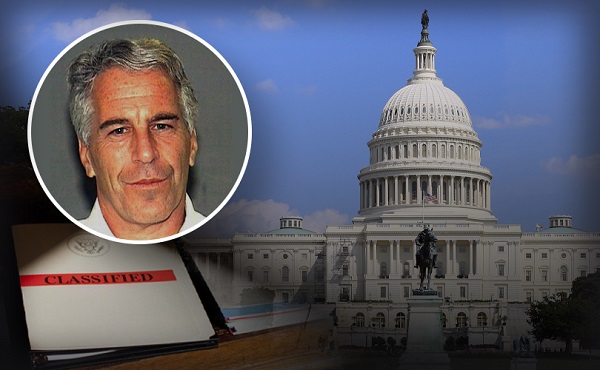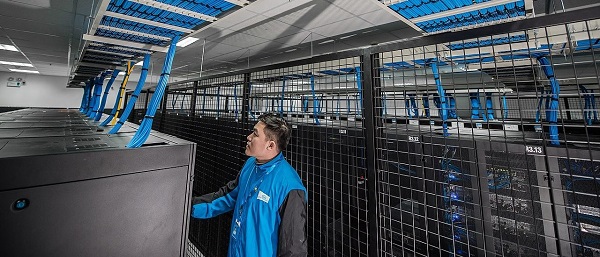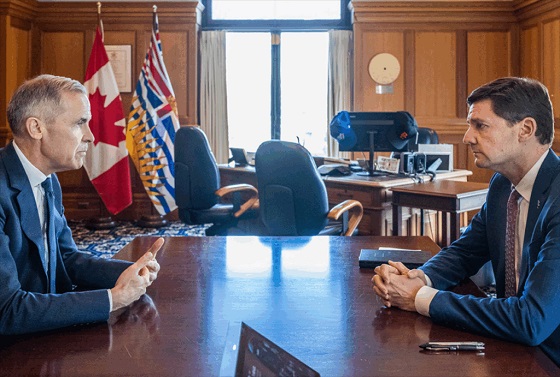Alberta
Why Kanye West should not be President of the United States

The celebrity-to-politician transition that Donald Trump has been repeatedly criticized for during his time as President of the United States threatens to become a runaway train with Kanye West’s outrageous bid for presidency.
Kanye West, influential rapper, fashion designer and father of four married to popular reality TV star Kim Kardashian, announced on July 4, 2020 via Twitter that he would be running for President of the United States.
West’s recent announcement only adds to the rampant timeline of peculiar claims and outbursts made in recent years that appear to depict the stars touch and go relationship with reality. After being diagnosed with Bipolar Disorder in 2017, which he publicly revealed in 2018, the 43-year-old rapper turned fashion designer turned presidential candidate has become increasingly controversial.
After his famous interrupting incident with Taylor Swift at the 2009 MTV VMA Awards, Kanye has become increasingly known for being prone to public outbursts that spark significant debate. West received major political backlash in 2018 for publically endorsing Donald Trump, launching a number of political rants where his controversial comments on the history of African-American slavery lost him support from many in the rap community.

West’s meltdown has left the public further divided on the legitimacy of his run for presidency, and what it means for the future of the country.
“The question is, what impact will he have on the election? In that context, it might not matter whether West is knowingly playing the spoiler, a man with a mental disorder being used as a patsy, or something else entirely – he is now on the ballot, and millions of voters will have Kanye Omari West as an option in November.” – New York Intelligencer
The controversial leadership of the Trump Administration over the last four years, highlighted by Donald Trump’s often outlandish behavior online and in the public eye, has contributed to the popular reality show type coverage of the United States Government. While the eccentric tweets and comments have been a source of ongoing public entertainment, it can be argued they have had the extremely negative impact of simplifying the originally elite position of the POTUS into that of a controversy driven public figure in a popularity contest. This notion becomes more apparent when contrasting the idea of the United States President, the democratic leader of one of the world’s most powerful economic and military bodies, with rapper Kanye West.
An article by John Taggart discusses the Dangerous Allure of the Celebrity President, stating “a mix of charisma, media-savvy and anti-establishment airs” can help celebrities appeal to voters, while “increasingly blurred lines between entertainment and news have lowered barriers for celebrities to enter politics.”
Although his success is highly unlikely, the dangerous precedent looming alongside Kanye’s bid for the presidency is a rapid departure from legitimate political leadership in the United States in favor of popularity and publicity, positive or negative. Requirements for proper experience, as well as an understanding of international relations and the political, social and economic landscape of America will be replaced by capacity for dramatic impact and social controversy. “The rise of celebrity politicians is not a sign of the democratic field becoming more interesting or open,” says Taggart, “The rise of such candidates is a sign of political decline of democracies.”
In this reality, the institution of democracy is undermined by popularity contests, social influence and which outrageous celebrity lifestyle has the greatest car-crash effect on the public.
For more stories, visit Todayville Calgary.
Alberta
Alberta bill would protect freedom of expression for doctors, nurses, other professionals

From LifeSiteNews
‘Peterson’s law,’ named for Canadian psychologist Jordan Peterson, was introduced by Alberta Premier Danielle Smith.
Alberta’s Conservative government introduced a new law that will set “clear expectations” for professional regulatory bodies to respect freedom of speech on social media and online for doctors, nurses, engineers, and other professionals.
The new law, named “Peterson’s law” after Canadian psychologist Jordan Peterson, who was canceled by his regulatory body, was introduced Thursday by Alberta Premier Danielle Smith.
“Professionals should never fear losing their license or career because of a social media post, an interview, or a personal opinion expressed on their own time,” Smith said in a press release sent to media and LifeSiteNews.
“Alberta’s government is restoring fairness and neutrality so regulators focus on competence and ethics, not policing beliefs. Every Albertan has the right to speak freely without ideological enforcement or intimidation, and this legislation makes that protection real.”
The law, known as Bill 13, the Regulated Professions Neutrality Act, will “set clear expectations for professional regulatory bodies to ensure professionals’ right to free expression is protected.”
According to the government, the new law will “Limit professional regulatory bodies from disciplining professionals for expressive off-duty conduct, except in specific circumstances such as threats of physical violence or a criminal conviction.”
It will also restrict mandatory training “unrelated to competence or ethics, such as diversity, equity, and inclusion training.”
Bill 13, once it becomes law, which is all but guaranteed as Smith’s United Conservative Party (UCP) holds a majority, will also “create principles of neutrality that prohibit professional regulatory bodies from assigning value, blame or different treatment to individuals based on personally held views or political beliefs.”
As reported by LifeSiteNews, Peterson has been embattled with the College of Psychologists of Ontario (CPO) after it mandated he undergo social media “training” to keep his license following posts he made on X, formerly Twitter, criticizing Trudeau and LGBT activists.
He recently noted how the CPO offered him a deal to “be bought,” in which the legal fees owed to them after losing his court challenge could be waived but only if he agreed to quit his job as a psychologist.
Early this year, LifeSiteNews reported that the CPO had selected Peterson’s “re-education coach” for having publicly opposed the LGBT agenda.
The Alberta government directly referenced Peterson’s (who is from Alberta originally) plight with the CPO, noting “the disciplinary proceedings against Dr. Jordan Peterson by the College of Psychologists of Ontario, demonstrate how regulatory bodies can extend their reach into personal expression rather than professional competence.”
“Similar cases involving nurses, engineers and other professionals revealed a growing pattern: individuals facing investigations, penalties or compulsory ideological training for off-duty expressive conduct. These incidents became a catalyst, confirming the need for clear legislative boundaries that protect free expression while preserving professional standards.”
Alberta Minister of Justice and Attorney General Mickey Amery said regarding Bill 13 that the new law makes that protection of professionals “real and holds professional regulatory bodies to a clear standard.”
Last year, Peterson formally announced his departure from Canada in favor of moving to the United States, saying his birth nation has become a “totalitarian hell hole.”
Alberta
‘Weird and wonderful’ wells are boosting oil production in Alberta and Saskatchewan

From the Canadian Energy Centre
Multilateral designs lift more energy with a smaller environmental footprint
A “weird and wonderful” drilling innovation in Alberta is helping producers tap more oil and gas at lower cost and with less environmental impact.
With names like fishbone, fan, comb-over and stingray, “multilateral” wells turn a single wellbore from the surface into multiple horizontal legs underground.
“They do look spectacular, and they are making quite a bit of money for small companies, so there’s a lot of interest from investors,” said Calin Dragoie, vice-president of geoscience with Calgary-based Chinook Consulting Services.
Dragoie, who has extensively studied the use of multilateral wells, said the technology takes horizontal drilling — which itself revolutionized oil and gas production — to the next level.
“It’s something that was not invented in Canada, but was perfected here. And it’s something that I think in the next few years will be exported as a technology to other parts of the world,” he said.
Dragoie’s research found that in 2015 less than 10 per cent of metres drilled in Western Canada came from multilateral wells. By last year, that share had climbed to nearly 60 per cent.
Royalty incentives in Alberta have accelerated the trend, and Saskatchewan has introduced similar policy.
Multilaterals first emerged alongside horizontal drilling in the late 1990s and early 2000s, Dragoie said. But today’s multilaterals are longer, more complex and more productive.
The main play is in Alberta’s Marten Hills region, where producers are using multilaterals to produce shallow heavy oil.
Today’s average multilateral has about 7.5 horizontal legs from a single surface location, up from four or six just a few years ago, Dragoie said.
One record-setting well in Alberta drilled by Tamarack Valley Energy in 2023 features 11 legs stretching two miles each, for a total subsurface reach of 33 kilometres — the longest well in Canada.
By accessing large volumes of oil and gas from a single surface pad, multilaterals reduce land impact by a factor of five to ten compared to conventional wells, he said.
The designs save money by skipping casing strings and cement in each leg, and production is amplified as a result of increased reservoir contact.
Here are examples of multilateral well design. Images courtesy Chinook Consulting Services.
Parallel
Fishbone
Fan
Waffle
Stingray
Frankenwells
-

 Business15 hours ago
Business15 hours agoNew airline compensation rules could threaten regional travel and push up ticket prices
-

 Health2 days ago
Health2 days agoCDC’s Autism Reversal: Inside the Collapse of a 25‑Year Public Health Narrative
-

 Daily Caller2 days ago
Daily Caller2 days agoBREAKING: Globalist Climate Conference Bursts Into Flames
-

 Digital ID1 day ago
Digital ID1 day agoLeslyn Lewis urges fellow MPs to oppose Liberal push for mandatory digital IDs
-

 Crime2 days ago
Crime2 days agoCocaine, Manhunts, and Murder: Canadian Cartel Kingpin Prosecuted In US
-
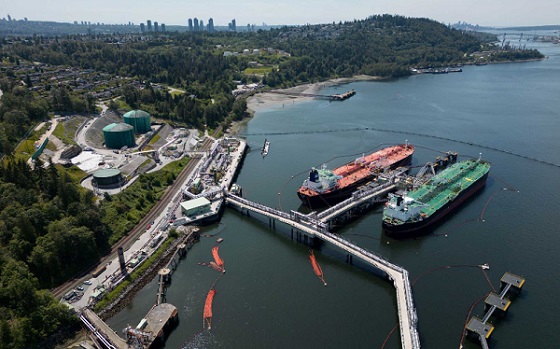
 Energy2 days ago
Energy2 days agoHere’s what they don’t tell you about BC’s tanker ban
-
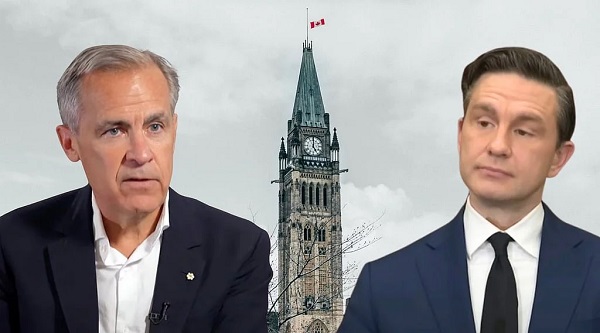
 Bruce Dowbiggin2 days ago
Bruce Dowbiggin2 days agoBurying Poilievre Is Job One In Carney’s Ottawa
-

 Health2 days ago
Health2 days agoBREAKING: CDC quietly rewrites its vaccine–autism guidance











